Retail giant Target is known for its ever-evolving inventory, constantly introducing new and trendy items while quietly discontinuing others. Sometimes these product disappearances are accompanied by clearance sales or official announcements, but other times, beloved items vanish from shelves and the website without any explanation. This can leave loyal customers wondering about the fate of their favorite Target finds. Tracking these quietly discontinued items often becomes a topic of discussion among dedicated Target shoppers online.
1. Archer Farms Gourmet Foods

Target’s Archer Farms brand once offered a wide array of gourmet food items, from specialty coffees and snacks to unique sauces and frozen meals. According to She Finds, many of these items were praised for their quality and affordability, often rivaling higher-end brands. However, over time, Target began to phase out the Archer Farms name, replacing it with the new “Good & Gather” and “Favorite Day” lines. Numerous specific Archer Farms products disappeared during this transition, leaving some shoppers deeply missing their culinary favorites.
The discontinuation of many Archer Farms items wasn’t always clearly communicated to consumers. While the introduction of Good & Gather and Favorite Day was announced through Target press releases and in-store signage, specific Archer Farms products simply stopped being restocked, leading to significant confusion among loyal customers. Online forums and social media groups dedicated to Target frequently featured discussions about beloved Archer Farms items that were suddenly no longer available. The lack of explicit explanation for these disappearances left a lingering sense of loss for the quietly vanished gourmet offerings.
2. Liz Lange Maternity Apparel

Target was once a popular destination for affordable and stylish maternity clothing under the Liz Lange for Target brand. As noted in Glossy, the collaboration offered a wide range of fashionable options for expectant mothers, often praised for their fit and design. However, without a clear announcement or a formal farewell, the Liz Lange maternity line gradually disappeared from Target stores and online, leaving a noticeable void for shoppers who appreciated the brand’s style and accessible price point. The quiet phasing out of this once-prominent brand left many pregnant shoppers unexpectedly searching for suitable alternatives.
The disappearance of Liz Lange maternity wear occurred over a discernible period, with remaining items slowly being marked down for clearance and no new collections being introduced to replace them. This gradual fade-out lacked any official communication from Target, leaving customers to deduce the brand’s departure as inventory progressively dwindled. Online searches for Liz Lange maternity at Target eventually yielded scant to no results, effectively confirming its quiet discontinuation. This left a dedicated segment of Target shoppers actively seeking other affordable and stylish maternity options to fill the void.
3. Select Designer Collaborations (Past Seasons)

Target has a well-established history of highly successful limited-time designer collaborations across various categories, including fashion and home goods. According to Nylon, these collections are consistently marketed as exclusive and available for a finite period, intentionally creating excitement and a sense of urgency among shoppers. However, items from these past collaborations virtually never reappear in subsequent seasons, and their disappearance is usually not formally explained beyond the inherent limited-edition nature of the partnership. Once the designated collaboration period concludes, any remaining stock is typically cleared out through significant markdowns, and the items are definitively not restocked.
While the inherently limited-edition nature of these designer collaborations is generally understood and accepted by consumers, the complete and permanent disappearance of particularly popular or highly coveted items from these collections can still be a frequent topic of discussion and even lament among dedicated fans. Online marketplaces often witness a robust resale market for sought-after past collaboration items, frequently at significantly inflated prices, starkly highlighting the enduring demand that persists long after the official discontinuation. The complete lack of any indication or possibility of restocks or re-releases of these beloved items is typically taken as an unspoken and final confirmation of their permanent departure from Target’s retail offerings.
4. Certain Electronics Brands
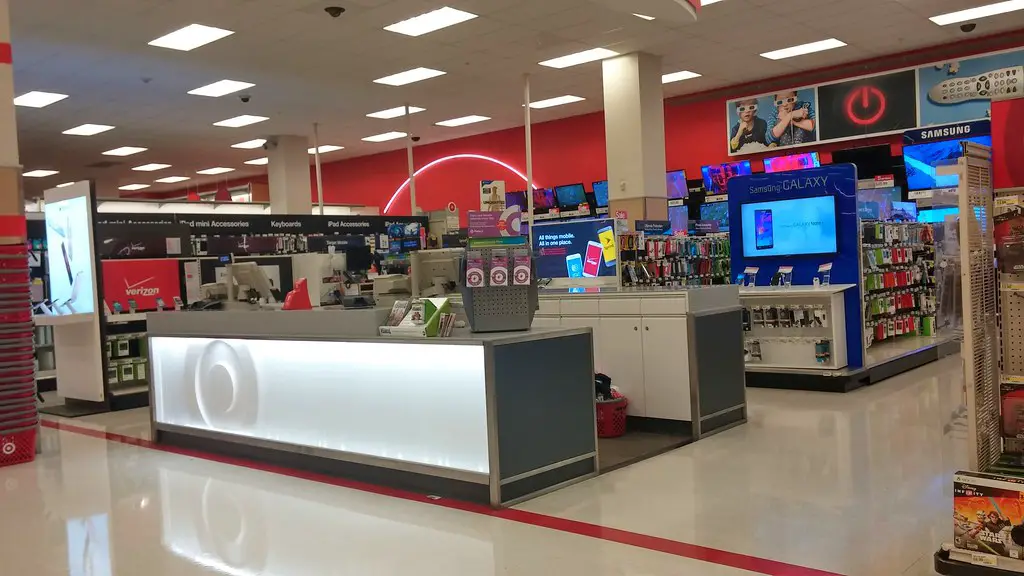
Over the years, Target has carried a diverse array of electronics brands, some of which have quietly disappeared from their shelves without extensive public explanation regarding the reasons behind the discontinuation. As noted in The Seattle Times, specific audio equipment brands, smaller or less mainstream television manufacturers, or particular types of niche gadgets would periodically appear in Target’s electronics sections only to later vanish without any formal announcement. These often unannounced disappearances frequently coincided with broader shifts in consumer electronics trends, changes in Target’s strategic focus within the competitive electronics market, or evolving partnership agreements with specific manufacturers. The precise reasons for these brand discontinuations were typically not communicated directly to consumers.
The turnover in electronics brands available at Target can be influenced by a complex interplay of factors, including sales performance relative to shelf space, evolving contractual agreements with suppliers, and Target’s overarching merchandising strategy within the highly competitive electronics retail landscape. Shoppers who developed a preference for a particular electronics brand that was once conveniently available at Target locations would often find it inexplicably missing during subsequent visits, with no readily apparent explanation provided in-store or online regarding its removal. This pattern of quietly shifting the selection of electronics brands is a relatively common occurrence within the dynamic retail environment.
5. Specific Flavors or Varieties of Food Items

Target often carries a wide variety of food and beverage products across numerous brands, and occasionally, specific flavors or unique varieties from even popular brands will quietly disappear from store shelves without any formal announcement or explanation to consumers. This can leave shoppers who had a particular preference for a certain flavor of snack, a specific blend of coffee, or a unique variety of a grocery item wondering why their favorite product is no longer available during their regular shopping trips. The lack of communication about these discontinued items can be frustrating for loyal customers.
These quiet disappearances of specific food and beverage options can be due to a variety of factors, such as low sales volume, changes in the manufacturer’s production lines, or Target’s decision to optimize shelf space for new or more popular items. Without any official notification, shoppers are left to discover the absence of their preferred items on their own, often leading to online inquiries and speculation among the Target shopping community. This lack of transparency regarding discontinued food items can impact customer loyalty for those specific products.
6. Certain Home Decor Collections
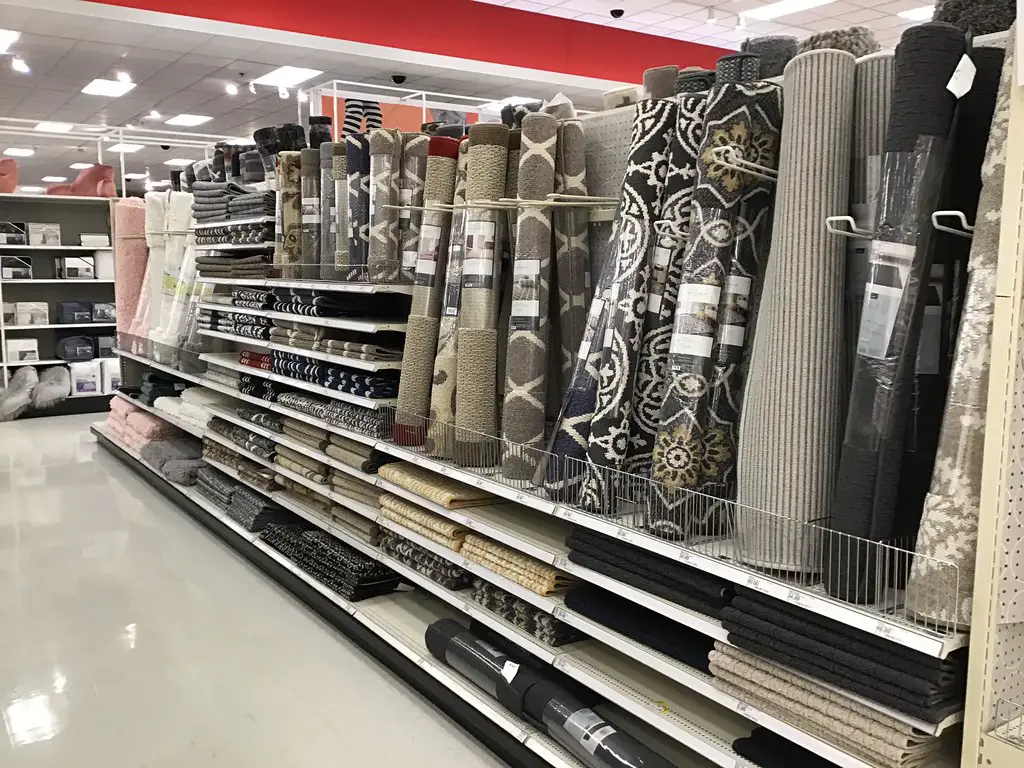
Similar to its well-known limited-time designer collaborations in the fashion realm, Target also frequently introduces specific home decor collections that are often tied to a particular season, trend, or aesthetic. These collections can encompass a wide range of items, from decorative pillows and throws to unique wall art and tabletop accessories. However, once the targeted season or trend passes, these entire collections often quietly disappear from Target stores and the online marketplace, with no formal announcement regarding their discontinuation beyond their initial limited-time availability.
The disappearance of these home decor collections can leave shoppers who particularly enjoyed the style or specific items within them unable to repurchase them in the future. While the seasonal nature of some collections might be implied, the lack of explicit communication about their permanent discontinuation can be disappointing for those who wished to expand their collection or repurchase favorite pieces. This quiet phasing out is a common practice in retail as stores make way for new and trending merchandise.
7. Select Beauty Brands or Product Lines

The beauty aisles at Target are dynamic and constantly evolving to reflect current trends and consumer preferences, and as a result, certain smaller or less mainstream beauty brands, as well as specific product lines from larger, more established brands, can quietly be discontinued to make valuable shelf space for new and emerging offerings. This behind-the-scenes reshuffling of beauty inventory often occurs without any formal announcement to the general shopping public. Loyal customers of these quietly discontinued brands or product lines are often left to discover their absence during routine shopping trips, sometimes leading to online inquiries and a search for alternative retailers.
The decisions behind these beauty brand and product line discontinuations can be influenced by various factors, including overall sales performance within Target stores, shifts in consumer demand within the beauty market, or strategic decisions made by Target’s merchandising teams to optimize their beauty category. Without any official communication, shoppers who favored these now-discontinued items are often left to speculate about the reasons for their disappearance and to seek out replacement products that meet their specific needs and preferences. This quiet turnover is a regular aspect of the competitive beauty retail environment.
8. Niche Hobby or Craft Supplies
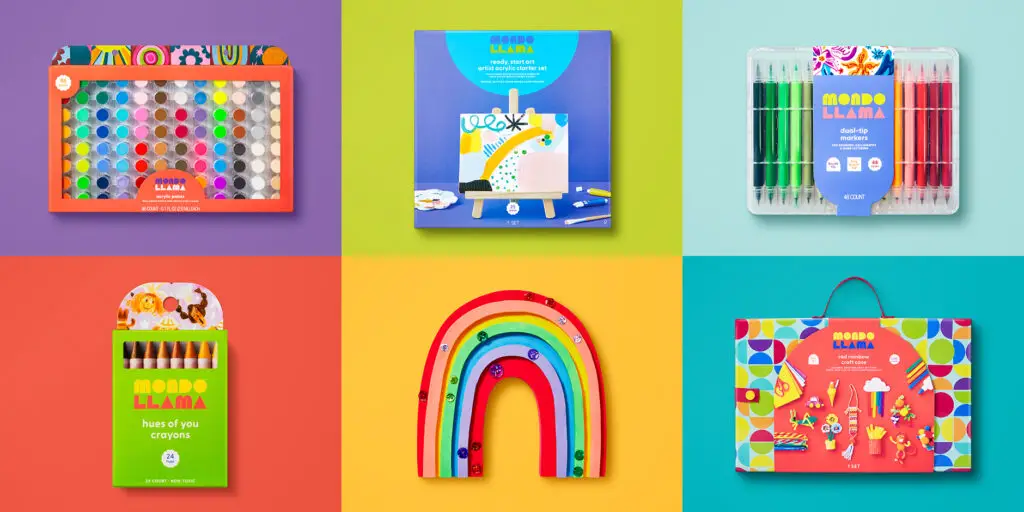
Target occasionally ventures into offering niche hobby or specialized craft supply areas within its stores, catering to specific interests such as detailed model building, specialized forms of needlework, or unique art mediums. These forays into more specialized product categories can sometimes be quietly phased out or significantly reduced if they do not meet the anticipated sales volumes or align with Target’s broader retail strategy. When these decisions are made, the affected items or even entire small sections dedicated to these hobbies can disappear from store shelves without any formal announcement or explanation provided to customers who may have frequented these areas.
The quiet discontinuation of niche hobby and craft supplies can be particularly disappointing for shoppers who relied on Target as a convenient source for these specific items. The lack of communication about these changes can leave hobbyists scrambling to find alternative suppliers for their projects. This pattern highlights the challenges retailers face in balancing a broad appeal with catering to more specialized customer interests, often resulting in the quiet pruning of less mainstream product lines.
9. Certain Styles of Clothing from Target’s Own Brands
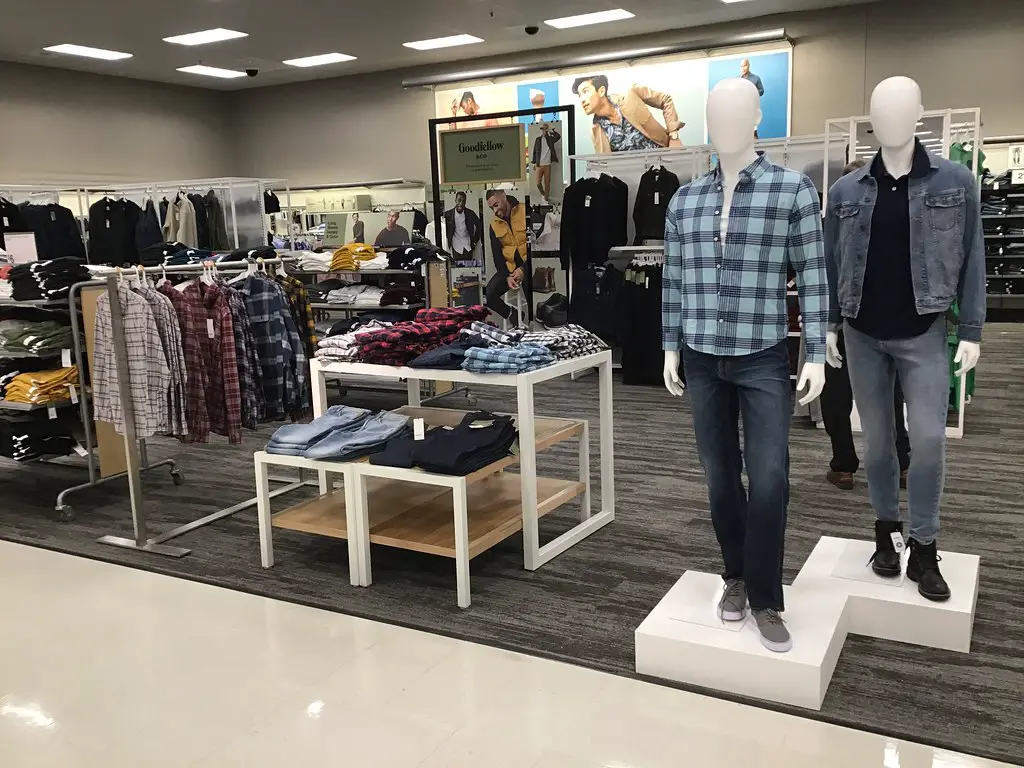
Even within Target’s popular and widely available in-house clothing brands, such as Cat & Jack for children, Universal Thread for women, or Goodfellow & Co. for men, specific styles, particular fits, or individual garment types that were once readily available to shoppers can quietly disappear from the brand’s overall lineup without any formal announcement or explanation provided by Target. This can leave loyal customers who favored a specific style of jeans, a particular fit of shirt, or a specific type of dress suddenly unable to repurchase their preferred item in subsequent shopping seasons.
The reasons behind these quiet style discontinuations within Target’s own brands can vary, including shifts in current fashion trends that lead to certain styles becoming less popular, decisions by Target’s design teams to refresh the brand’s offerings with new and updated looks, or strategic choices related to production and inventory management. Without any official communication, shoppers are left to notice the absence of their preferred styles on their own, often leading to frustration and a search for suitable replacements within the brand’s current offerings or from alternative retailers.
10. Select Seasonal Items (Out of Season)
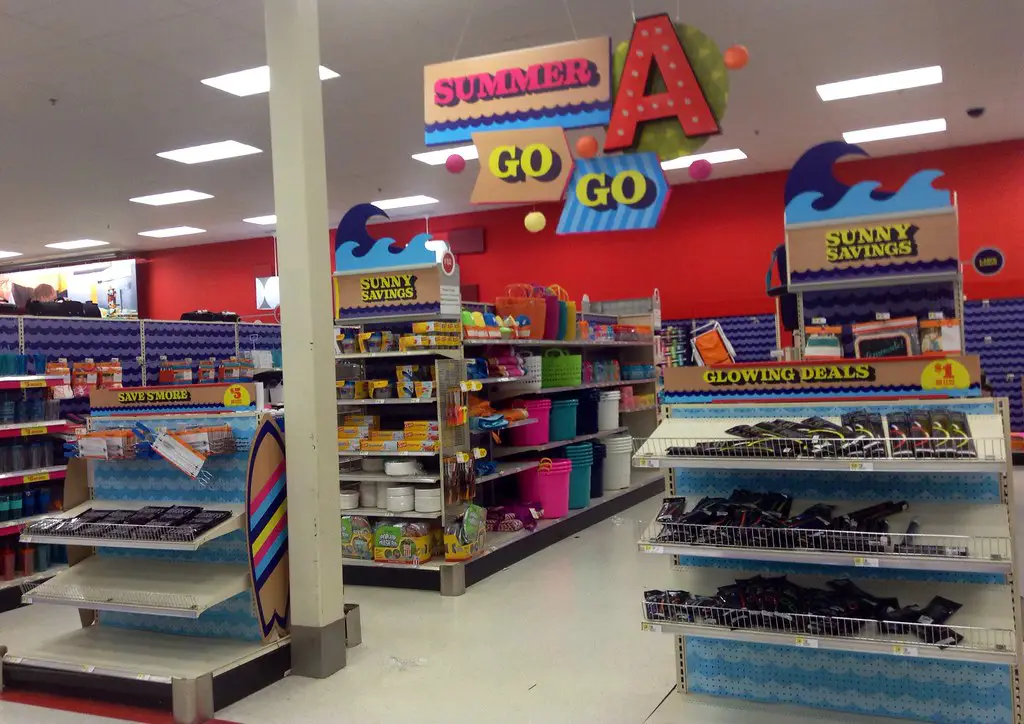
While it is generally expected that highly seasonal items, such as specific holiday decorations, themed party supplies, or particular summer-centric goods, will temporarily disappear from Target’s shelves once the relevant holiday or season has passed, sometimes particularly popular or well-regarded specific items from these seasonal collections do not reappear in subsequent years when the season rolls around again. This quiet non-return of previously popular seasonal merchandise often occurs without any formal announcement or explanation provided to consumers who may have been anticipating their reappearance.
The decisions behind the permanent discontinuation of certain seasonal items can be influenced by factors such as overall sales performance during their previous availability, changes in consumer preferences from year to year, or strategic decisions by Target’s merchandising teams regarding their seasonal product assortments. The lack of communication about these non-returning seasonal favorites can be disappointing for shoppers who had come to rely on Target for those specific items during particular times of the year.
11. Certain Books or Magazines

The selection of books and magazines carried by Target stores can fluctuate based on current trends, publishing schedules, and overall sales performance within the retailer’s media section. As a result, specific book titles, particular magazine publications, or even entire genres or categories of reading material might quietly be removed from Target’s shelves without a clear or formal reason being communicated to shoppers. Customers who regularly purchased specific books or magazines at Target may suddenly find their preferred reading material no longer available during their routine shopping trips.
The decisions behind these quiet removals from Target’s book and magazine selections can be influenced by factors such as sales figures, shelf space allocation priorities, or changes in Target’s overall strategy for its media offerings. Without any official announcement, shoppers are left to discover the absence of their preferred titles on their own, often leading to a search for these items at other bookstores or online retailers. This quiet turnover is a common aspect of the retail book and magazine market.
12. Select Cleaning or Household Supply Brands

The cleaning and general household supply aisles at Target also experience regular changes in inventory as new products are introduced and existing ones are evaluated for their sales performance and overall relevance to consumer needs. As a consequence, certain smaller or less mainstream brands within the cleaning or household essentials categories, as well as specific product types or formulations from larger brands, can quietly disappear from Target’s shelves without any formal announcement or explanation provided to shoppers who may have relied on these particular items.
The reasons behind these quiet discontinuations in the household supply sections can include factors such as lower than desired sales volumes, strategic decisions by Target to consolidate its offerings around more popular brands, or changes in supplier agreements. Without any official communication, shoppers who favored these now-discontinued cleaning or household products are often left to notice their absence on their own and to seek out suitable replacements that meet their specific needs and preferences within Target’s current inventory or from alternative retailers.
13. Certain Pet Food or Supply Brands
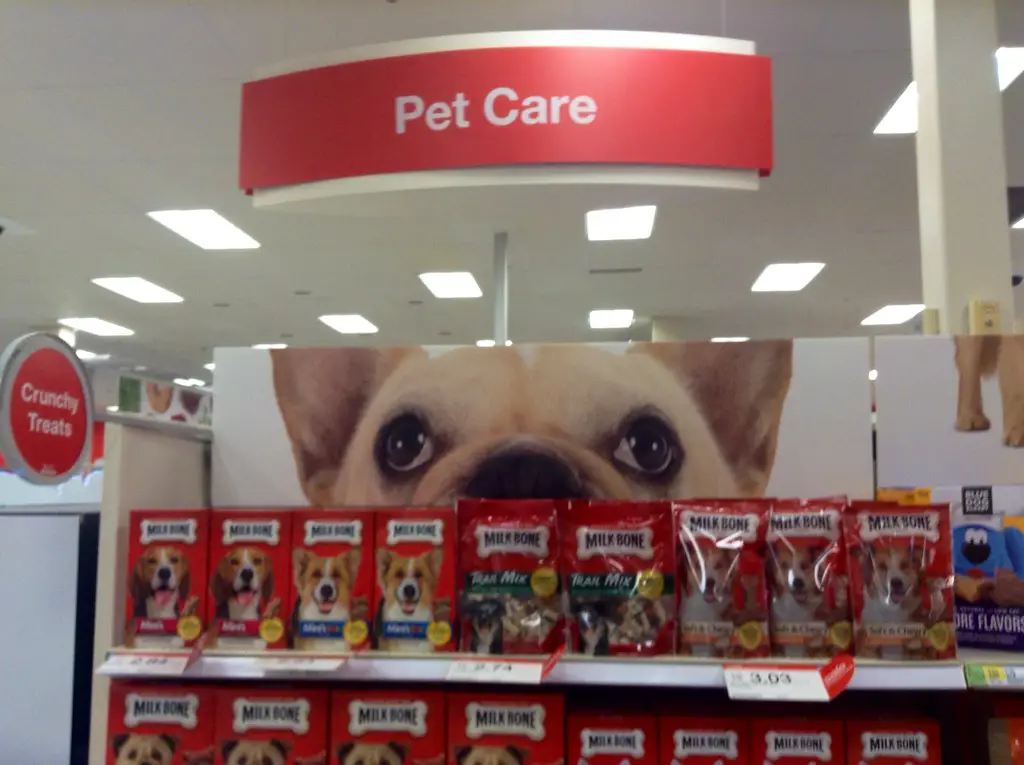
The pet care section at Target, catering to a wide range of animal needs, is another area where brands and specific product lines, including pet food, treats, and various supplies, can be introduced to the retailer’s shelves and subsequently quietly discontinued over time without any formal announcement to consumers. This behind-the-scenes evolution of Target’s pet product offerings can leave loyal customers of these quietly discontinued brands or specific product types unexpectedly searching for alternative options that meet their pets’ dietary or care requirements.
The decisions driving these pet product discontinuations can be influenced by factors such as overall sales performance within Target stores, shifts in consumer preferences within the pet care market, or strategic decisions made by Target’s merchandising teams to optimize their pet category. Without any official communication, shoppers who regularly purchased these now-unavailable pet items are often left to speculate about the reasons for their disappearance and to find suitable replacements that their pets will accept and that meet their specific needs.
14. Select Toys or Games
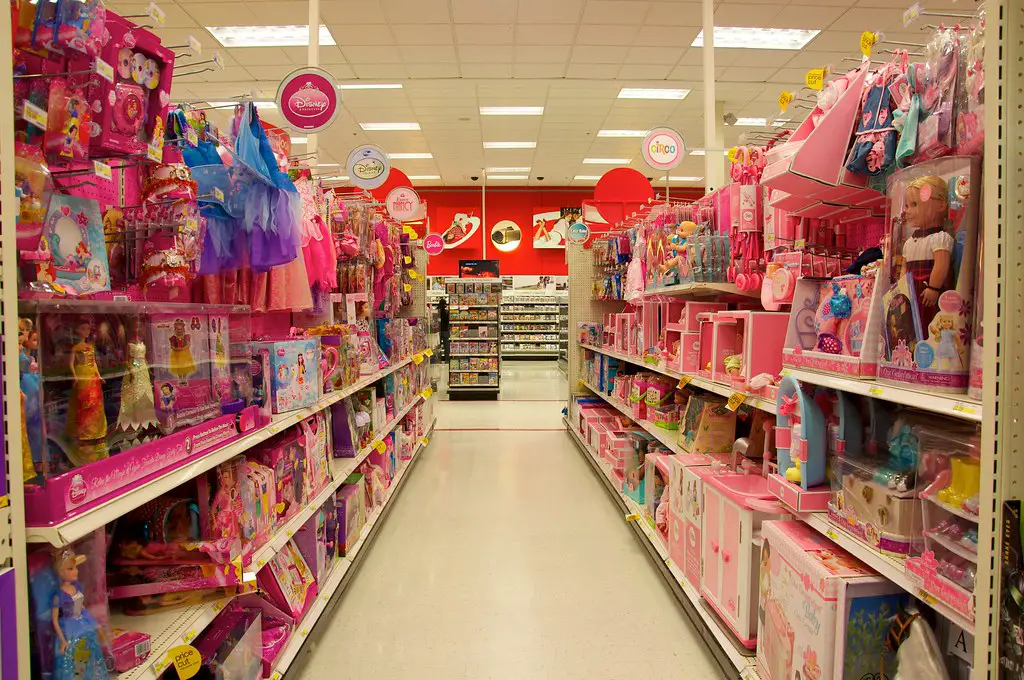
The toy and game aisles at Target are dynamic and heavily influenced by current trends in children’s entertainment, licensing agreements with popular media franchises, and the introduction of new and innovative products. As a result, certain less popular or older toy lines, specific game titles, or even entire categories of playthings can be quietly removed from Target’s shelves to make valuable space for newer, more in-demand products. This behind-the-scenes reshuffling of the toy and game inventory often occurs without any formal announcement to the general shopping public.
The quiet discontinuation of certain toys and games can be a source of disappointment for children and their parents who may have had a particular fondness for those items. The lack of communication about these changes can leave shoppers wondering why a favorite toy or game is no longer available during their visits to Target. This pattern highlights the fast-paced and trend-driven nature of the toy retail market, where shelf space is constantly being re-evaluated to accommodate the latest and most popular products.
